Blog No. 02
Website Exclusive
07th July, 2023
FAMOUS QUOTES

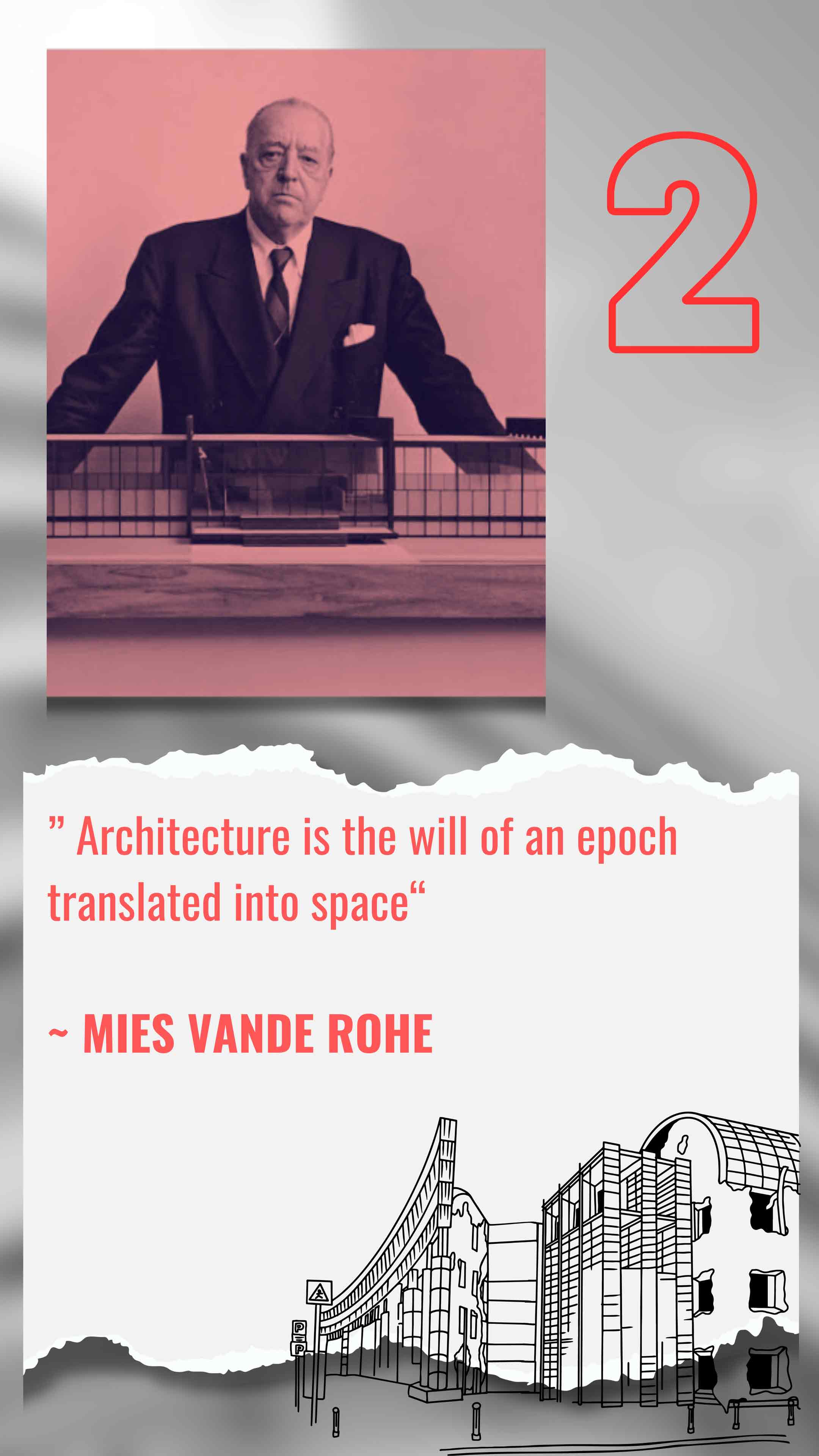
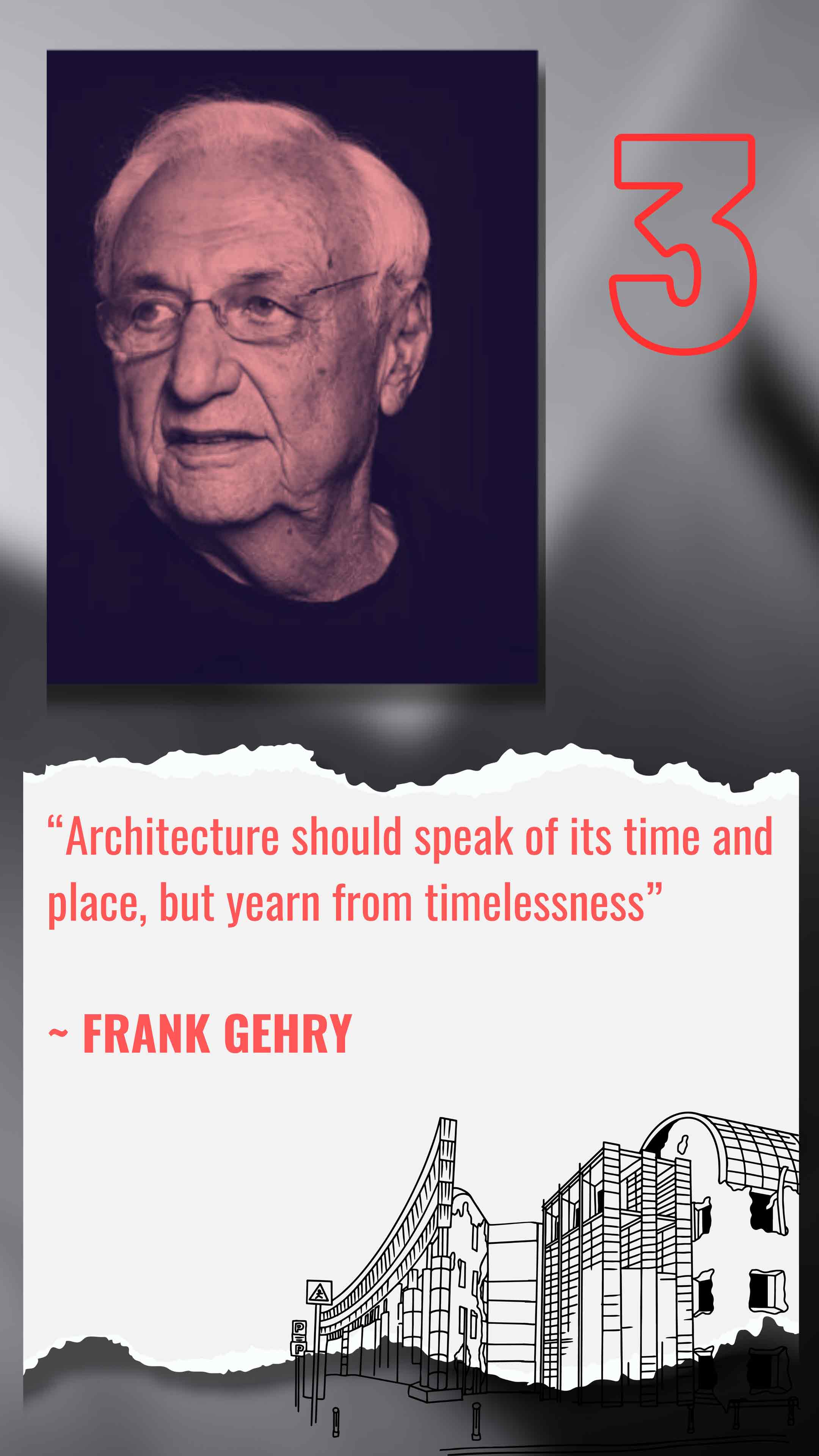
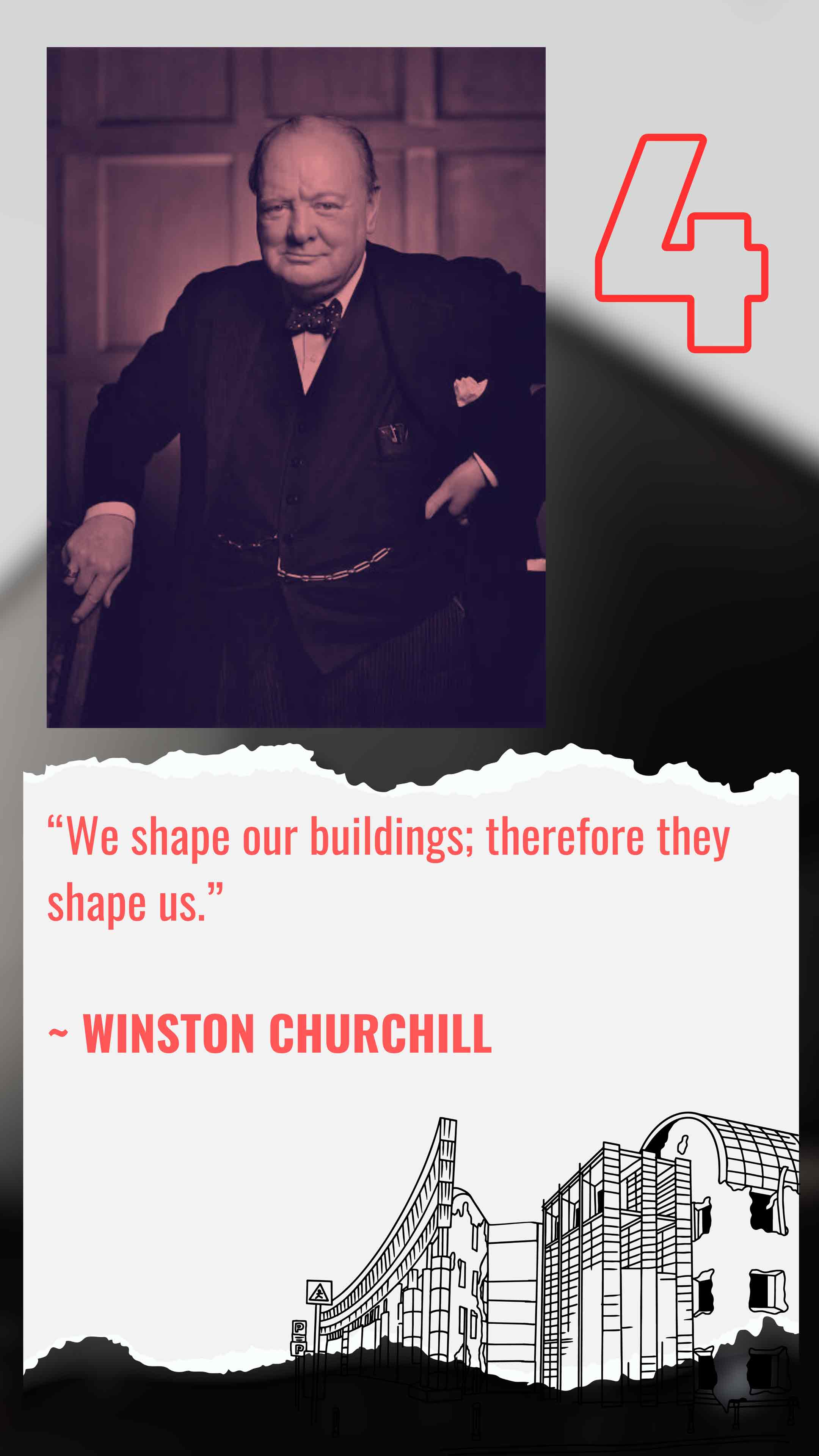
FAMOUS QUOTES BY GREAT ARCHITECTS
LOUIS KAHN
Louis Kahn (1901-1974) was an American architect known for his monumental and evocative designs. He is considered one of the most important architects of the 20th century and a master of modern architecture. Kahn's work is characterized by a poetic and spiritual quality, achieved through his use of light, materials, and geometric forms.
Kahn's design philosophy was deeply rooted in his exploration of space, light, and the inherent qualities of materials. He believed that architecture should respond to the essential nature of its site and the needs of its users. He sought to create buildings that harmonized with their surroundings and evoked a sense of timelessness.
Some of Kahn's most notable works include the Salk Institute for Biological Studies in La Jolla, California, the Kimbell Art Museum in Fort Worth, Texas, and the National Assembly Building in Dhaka, Bangladesh. These buildings showcase his mastery of natural light, use of geometric forms, and integration of landscape.
Despite his significant contributions to architecture, Kahn's career had periods of struggle and obscurity. He often faced financial difficulties and struggled to find projects. However, his reputation grew after his death, and his work continues to be celebrated and influential today.


MIES VANDE ROHE
Mies van der Rohe, born Ludwig Mies van der Rohe, was a German-American architect and one of the pioneers of modern architecture. He was born on March 27, 1886, in Aachen, Germany, and passed away on August 17, 1969, in Chicago, United States.
Mies van der Rohe is known for his minimalist approach to architecture, emphasizing clean lines, open spaces, and the use of modern materials such as steel and glass. He believed in the principle of "less is more" and aimed to create buildings that expressed simplicity and clarity.
One of Mies van der Rohe's most famous works is the German Pavilion, also known as the Barcelona Pavilion, which he designed for the 1929 International Exposition in Barcelona, Spain. It is considered a masterpiece of modern architecture, characterized by its open plan, the use of luxurious materials, and the seamless integration of indoor and outdoor spaces.
Another notable project by Mies van der Rohe is the Farnsworth House, built in 1951 near Plano, Illinois, United States. It is a single-story glass house that exemplifies his minimalist style and blurs the boundaries between the interior and the surrounding natural environment.
Mies van der Rohe served as the last director of the Bauhaus, an influential German design school, from 1930 until its closure in 1933. He then emigrated to the United States, where he became the head of the architecture department at the Illinois Institute of Technology in Chicago. During his time there, he designed the campus and several buildings, including the iconic Crown Hall, which is regarded as a masterpiece of modern architecture.
Mies van der Rohe's work had a significant impact on the development of modern architecture, and his ideas continue to influence architects and designers to this day. His elegant and minimalistic designs have become iconic symbols of the 20th-century architectural movement.
FRANK GEHRY
Frank Gehry, born Frank Owen Goldberg on February 28, 1929, is a prominent Canadian-American architect known for his innovative and unconventional designs. He has become one of the most celebrated and influential architects of the 20th and 21st centuries.


WINSTON CHURCHILL
Winston Churchill, widely regarded as one of the greatest statesmen of the 20th century, is primarily known for his political and leadership roles rather than his architectural endeavors. While Churchill was not professionally trained as an architect, he had a keen interest in architecture and played a significant role in shaping the design and construction of various buildings and monuments during his time in power.
During World War II, Churchill was instrumental in the reconstruction efforts of the war-torn areas in the United Kingdom, particularly London. He appointed architect Lord Reith to oversee the post-war reconstruction projects, which included the restoration and rebuilding of damaged buildings. Churchill emphasized the importance of preserving the architectural heritage of the country while also incorporating modern designs where necessary.
One of the most famous architectural projects associated with Churchill is the construction of the Churchill War Rooms in London. These underground bunkers, located beneath the Treasury building, served as the nerve center for the British government's operations during the war. Churchill recognized the significance of these rooms and ordered their preservation after the war. Today, the Churchill War Rooms serve as a museum, providing visitors with a glimpse into the wartime operations and Churchill's leadership.
While Churchill's architectural involvement was primarily related to strategic planning, restoration, and preservation rather than designing structures himself, his influence and vision played a crucial role in shaping the architectural landscape of post-war Britain. His commitment to preserving historic buildings and creating functional spaces for the government's operations left a lasting impact on the architectural heritage of the country.
DANIEL LIBESKIND
Daniel Libeskind is an internationally renowned architect known for his innovative and distinctive designs. He was born on May 12, 1946, in Łódź, Poland. Libeskind's work is characterized by its bold geometric forms, sharp angles, and dramatic interplay of light and shadow.
Another significant project by Libeskind is the master plan for the redevelopment of the World Trade Center site in New York City after the September 11 attacks. His design, known as the "Memory Foundations," includes the iconic One World Trade Center (Freedom Tower), the 9/11 Memorial, and the Museum Pavilion.Libeskind has designed numerous other buildings and cultural institutions around the world. Some of his notable works include the Contemporary Jewish Museum in San Francisco, the Royal Ontario Museum's Michael Lee-Chin Crystal in Toronto, and the Grand Canal Theatre (now the Bord Gáis Energy Theatre) in Dublin, Ireland.Daniel Libeskind's architecture is known for its ability to evoke emotional responses and tell stories through spatial experiences. His designs often challenge conventional notions of form and function, creating dynamic and thought-provoking spaces that engage with their surroundings and historical contexts.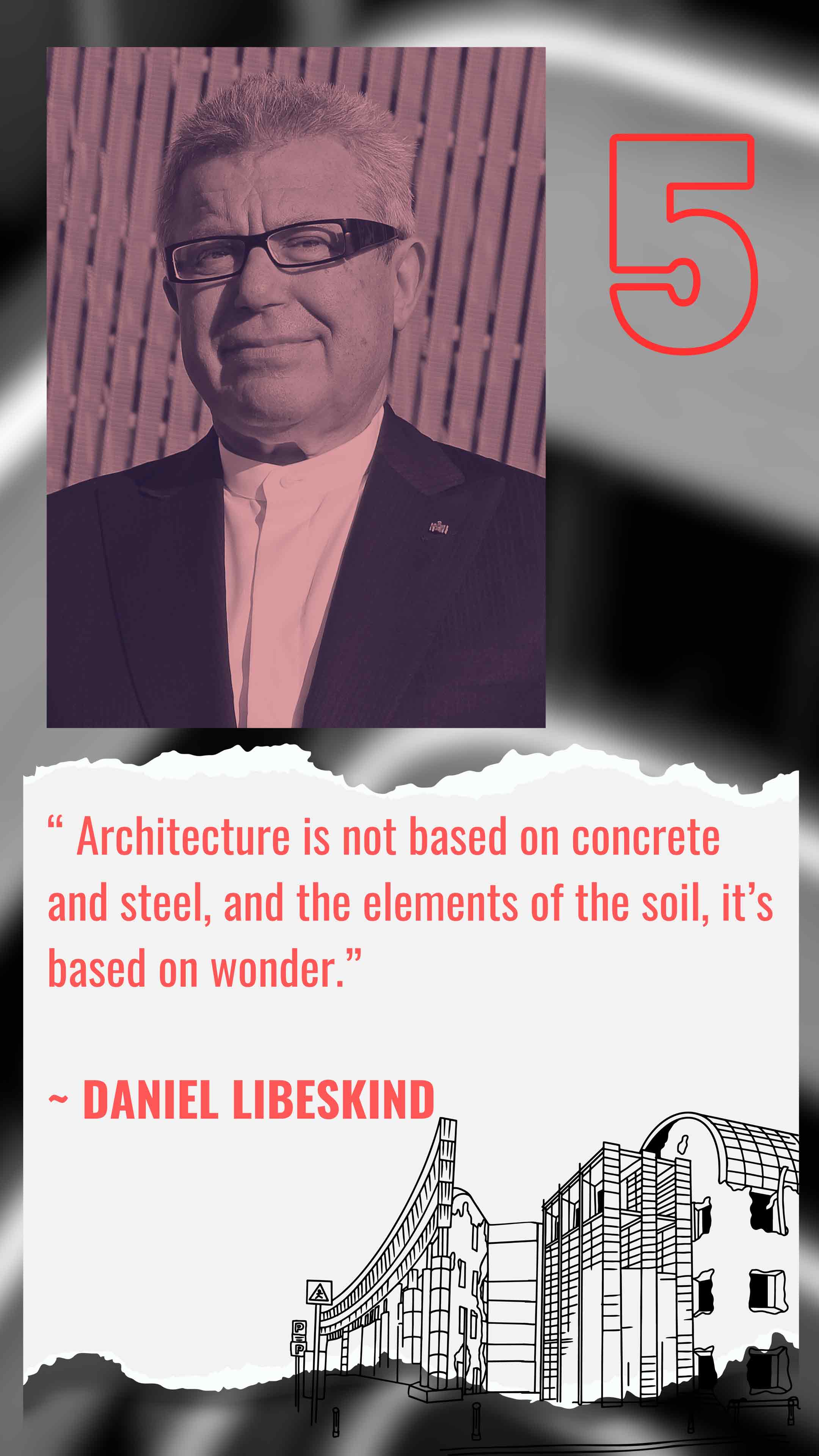

CHARLES EAMES
NORMAN FOSTER
Norman Foster, also known as Lord Foster of Thames Bank, is a British architect and designer. He was born on June 1, 1935, in Reddish, Stockport, England. Foster is known for his innovative and influential architectural designs, characterized by their sleek and modernist aesthetic.
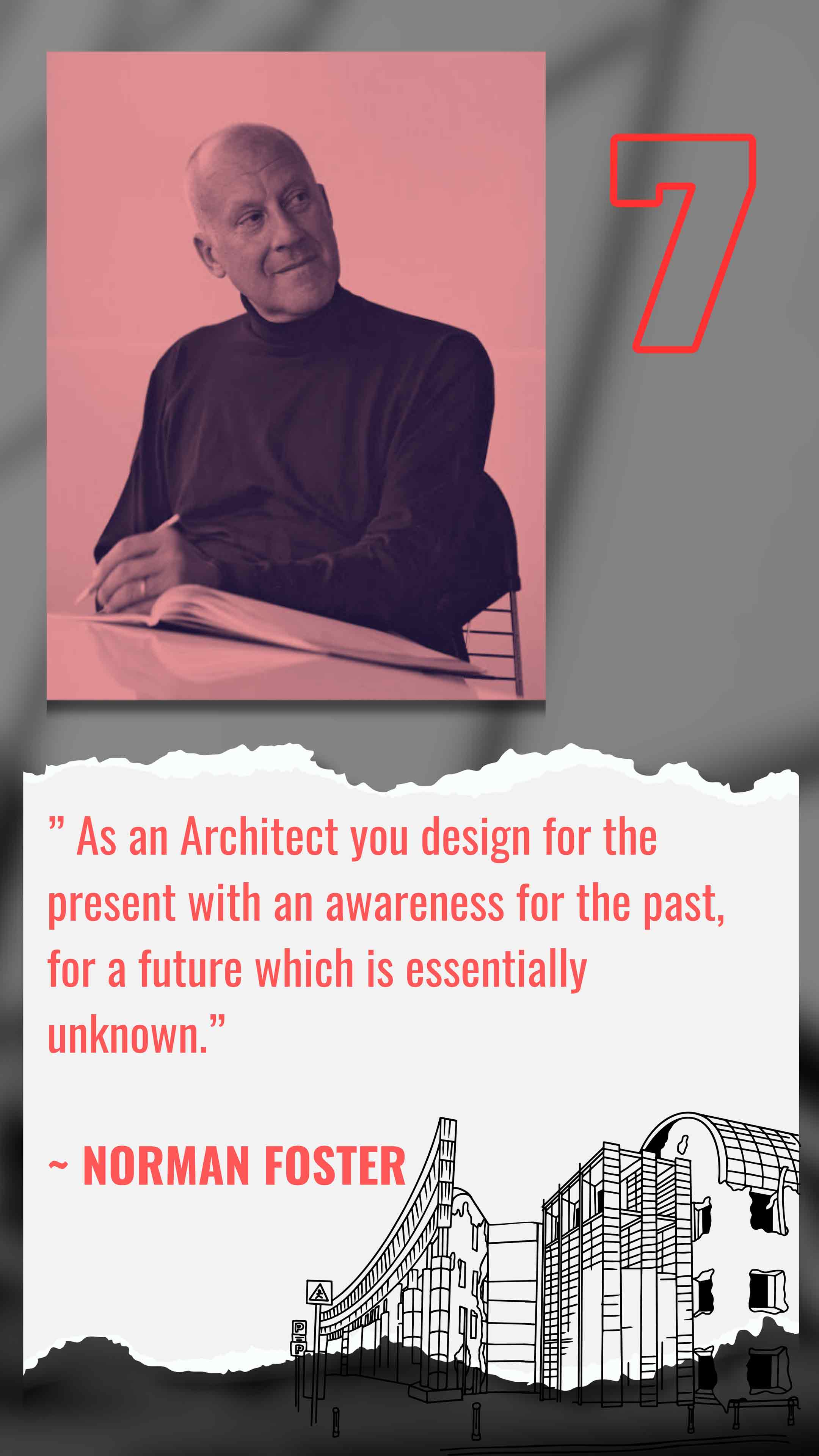
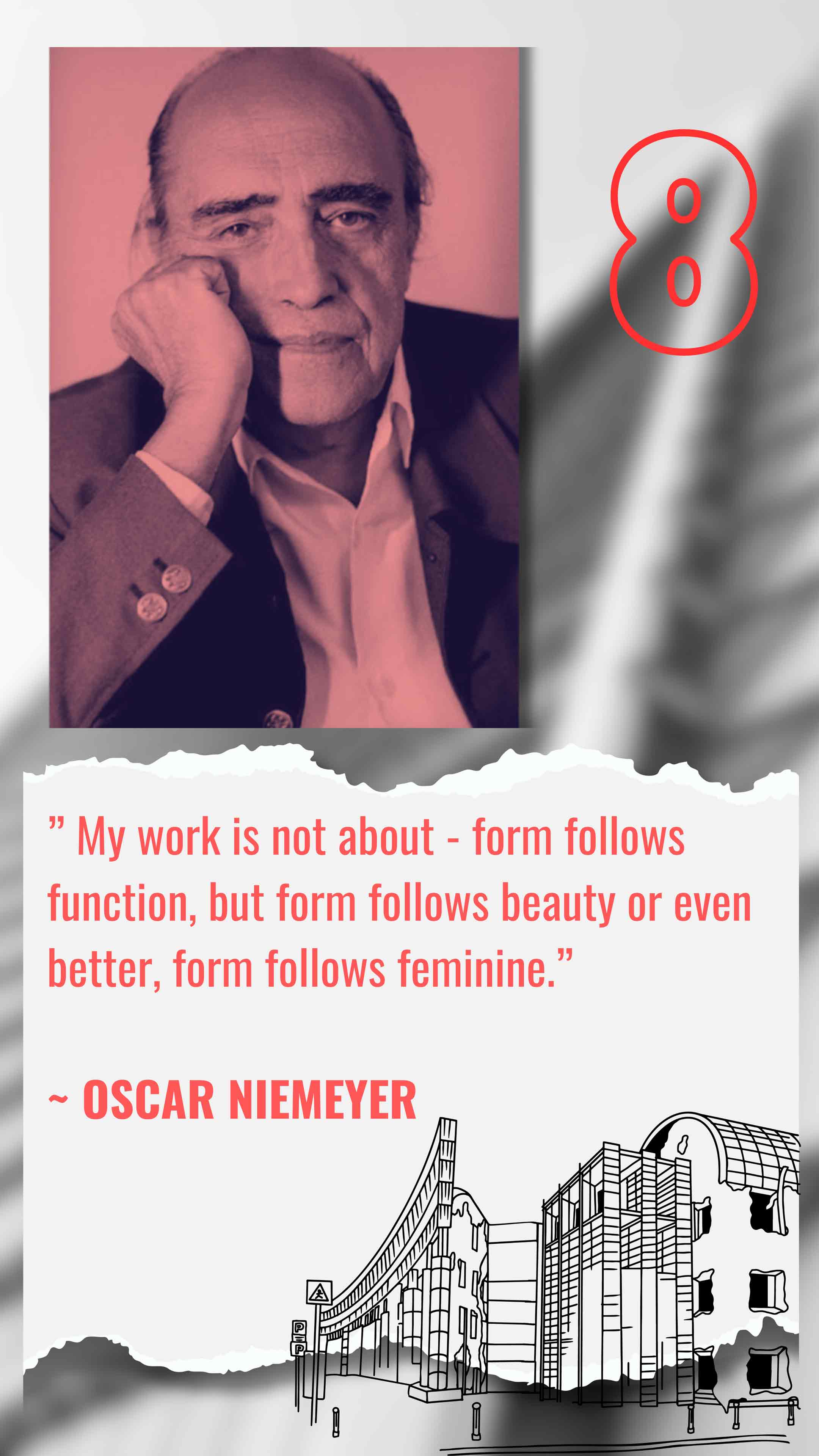
OSCAR NIEMEYER
ZAHA HADID
Zaha Hadid was a renowned architect known for her innovative and groundbreaking designs. She was born on October 31, 1950, in Baghdad, Iraq, and passed away on March 31, 2016, in Miami, Florida, United States.Hadid was widely recognized for her distinctive and futuristic architectural style, characterized by fluid forms, bold curves, and geometric complexity. Her designs often pushed the boundaries of conventional architecture, creating dynamic and visually striking structures.Some of Zaha Hadid's notable works include:

You may also like

Effects of Colours on your mood
“Effects of Colours in your room on your mood!” – Monica Sharma (Architect)

Reveal the Penthouse Interior at Residential Building
Success needs hard work. Don’t listen to these ‘get rich quick’ schemes.
Adding {{itemName}} to cart
Added {{itemName}} to cart

